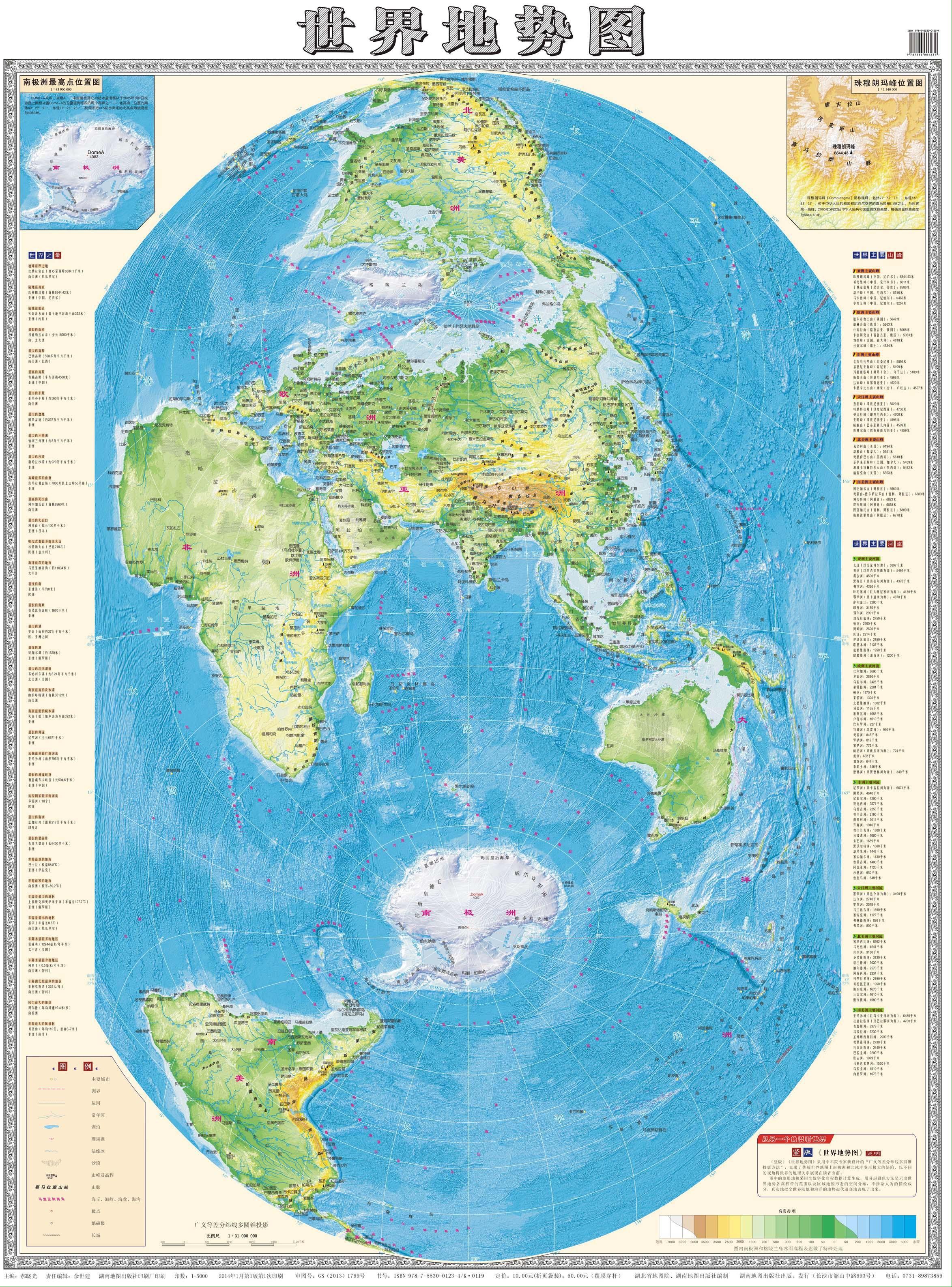this post was submitted on 29 Jul 2024
24 points (100.0% liked)
Map Enthusiasts
4048 readers
28 users here now
For the map enthused!
Rules:
-
post relevant content: interesting, informative, and/or pretty maps
-
be nice
founded 2 years ago
MODERATORS
you are viewing a single comment's thread
view the rest of the comments
view the rest of the comments

The way I understand it, when you plot out the topologies of spacetime via Relativity, the same kind of thing can happen, the maths gets all weird and funky on you, can blow up into infinities at certain points, and we call them singularities.
It still kinda blows my mind that these things popped up in the math first (by Karl Schwarzschild in the trenches of WWI, 1915) and it wasn't until exactly half a century later their existence was physically detected for the first time (Cygnus X-1, in 1965).
Then you use a different mathematical tool to plot out spacetime, and you get white holes, Einstein-Rosen bridges and parallel universes.
Different maths for 3D (or 4D) topological maps of spacetime show us different phenomena, and that relevant XKCD serves as a perfect analogy of how many ways there can be of approaching the same topologies.
Or why the hell not try mapping things out in ten dimensions! Come up with M-theory for a multiverse!
just say wormholes you NERD
Black holes are actual singularities (by existing physics), though, not mere coordinate singularities like the poles. Coordinate singularities show up in GR too, but you can get rid of them by changing your coordinate system - a very common operation, apparently.
You're right the math is similar; you can learn a lot of differential geometry concepts just by looking at coordinates of, or projections onto a sphere. Curvature gets exponentially more complex as you step into 3 and then 4 dimensions, but the same mathematical objects apply.
(Interestingly, differential geometry in dimensions 5 and up is the same as in 4, and topology actually gets easier)
I'd ask for some of whatever you're smoking that makes you say all of this in response to a map, but I need to be able to drive a car today and I don't want a DUI.
What makes you think I smoked anything?
Why couldn't it be... edibles? :-P
And don't get me started on the topologies and symmetries of fields in quantum mechanics!
But seriously, I enjoy letting the mind take me for a nice long ride, using an artifact to trace connections to other things throughout history, and in this case it's the math of maps, their topologies.
Random topics on Lemmy sometimes lighting up my mind like a Christmas tree.
Also trying a little to get into the mindset of the era when some of these things were being cooked up and explored, shift perspective as best I can, from where and when I am. It's incomplete, but it's still fun. I probably got this type of "pinball narrative" from James Burke and his old history shows Connections and The Day The Earth Changed.